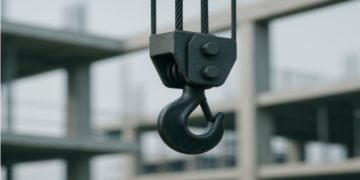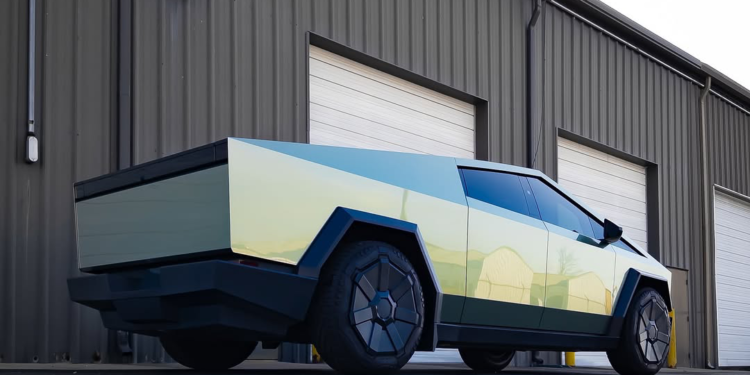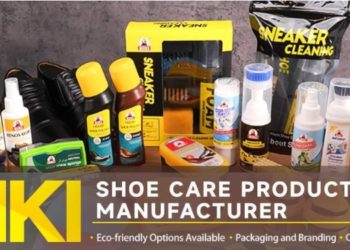When it comes to protecting your car’s paint, few concerns are as frustrating as rock chips. Highway driving, gravel roads, and even city commutes constantly expose your vehicle to flying debris. Over time, these small chips can turn into expensive paint repairs. That’s where paint protection film (PPF) comes in. But does PPF really stop rock chips? Let’s break it down.
What Causes Rock Chips in Car Paint?
Rock chips usually happen when:
– Small stones or debris are kicked up by tires on the road.
– Highway driving increases impact speed, making chips more likely.
– Vulnerable areas like the front bumper, hood, fenders, and side mirrors take the most damage.
Without protection, these chips cut through the clear coat and paint, leaving exposed spots that can rust or worsen over time.
How PPF Protects Against Rock Chips
Paint Protection Film acts as a sacrificial barrier between your car’s paint and road debris.
1. Impact Absorption
– High-quality PPF is made from thick polyurethane, usually 6–10 mils thick.
– This flexible layer absorbs the force of gravel or stones, preventing the chip from reaching your paint.
2. Self-Healing Properties
– Advanced films like UPPF with PLATICOAT™ technology can self-heal minor scratches and scuffs under heat.
3. Durability in High-Impact Zones
– Front bumper, hood, side skirts, and mirrors stay protected, even during long highway drives.
Can Rock Chips Still Get Through PPF?
The short answer is sometimes, but rarely.
– Very large rocks or extreme impacts may still cause small dents or marks.
– However, the film will usually take the damage instead of your paint, meaning you only replace the film, not repaint the panel.
This makes PPF a cost-effective long-term investment compared to constant paint repairs.
PPF vs Ceramic Coating for Rock Chips
A common question is whether ceramic coating also prevents chips.
– Ceramic coating adds a hydrophobic layer that repels dirt, water, and UV rays but does not stop rock chips.
– PPF is the only solution that provides a true physical barrier against road debris.
For maximum protection, some car owners choose both: PPF for impact resistance and ceramic coating on top for easier cleaning.
How to Fix Rock Chips in Car Paint
Even with PPF installed, some rock chips may still happen over time — or your car might already have chips before protection is applied. Here are the most common ways to fix them:
- Touch-Up Paint
- Small chips can be filled using a factory-matched touch-up pen or brush.
- This is an inexpensive fix but may not blend perfectly with the surrounding paint.
- Paint Chip Repair Kits
- Many DIY kits include filler, paint, and clear coat.
- These offer better results than simple touch-up pens but require patience and careful work.
- Professional Spot Repair
- A body shop can sand, repaint, and blend the chipped area for a seamless finish.
- This option provides the best look but is more expensive, often $150–$400 per panel.
- Preventing Future Chips with PPF
- Once chips are repaired, applying Paint Protection Film (PPF) over vulnerable areas (bumper, hood, mirrors) prevents new chips from forming.
- PPF acts as a shield, so you don’t need constant repairs.
Pro Tip: If your car has rock chips already, it’s best to repair them before installing PPF. This ensures a smooth finish and prevents imperfections from being trapped under the film.
How Much Does PPF Cost for Rock Chip Protection?
The cost of PPF depends on coverage area, film quality, and installer expertise. Here’s a general range:
– Partial Front (bumper, headlights, part of hood/fenders): $800 – $1,200
– Full Front (bumper, full hood, fenders, mirrors): $1,500 – $2,500
– Full Vehicle Wrap: $4,500 – $7,000+
While the upfront cost may seem high, consider this: repainting a front bumper alone can cost $600–$1,000. Multiple chip repairs over time quickly add up, often exceeding the price of PPF. Refer to the full cost guide here.
Pro Tip: Choosing a certified installer ensures proper installation and warranty support, making the investment last longer.
Best PPF for Rock Chip Protection
When choosing the best paint protection film for rock chip resistance, look for:
– Thickness: Thicker films provide more impact resistance.
– Clarity: High-end films are nearly invisible.
– Warranty & Aftercare: Long warranties ensure lasting protection.
– Brand Reputation: Established brands like UPPF stand out for innovation in both clear and color PPF options. Refer to the top 10 best PPF brands here.
With UPPF’s advanced multilayer films, your car is protected not just from rock chips but also scratches, stains, and UV damage.
Final Thoughts: Is PPF Worth It for Rock Chips?
If you want to keep your car’s paint flawless, PPF is the best solution against rock chips. While no protection is 100% bulletproof, PPF significantly reduces the risk of damage, especially in high-impact areas.
The cost of PPF pays for itself by avoiding multiple paint repairs and maintaining your vehicle’s resale value.
Investing in a professional installation with a certified UPPF installer ensures your car gets the power of protection, and the peace of mind that comes with it.











































































